



Program
Associate
Program
Program
Katie
Austin
Jordan
StacyAnn
Becky
Kenna
Annette
Jacob
Trenton
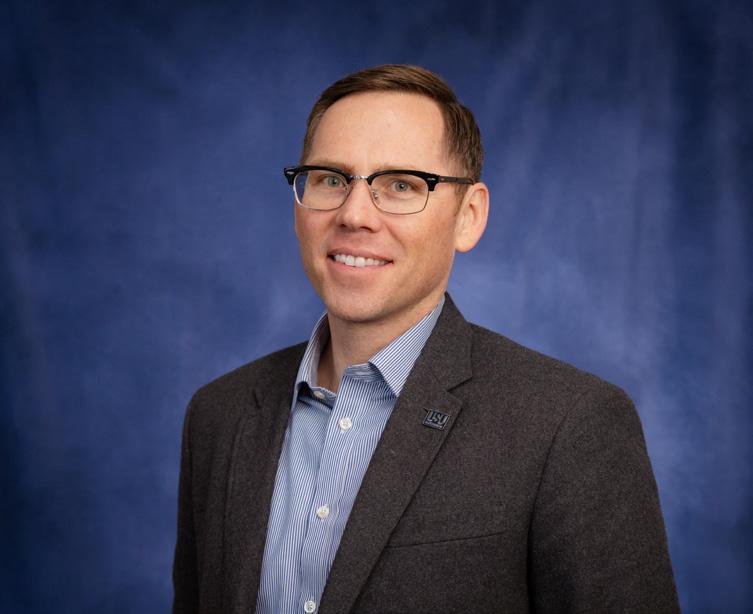
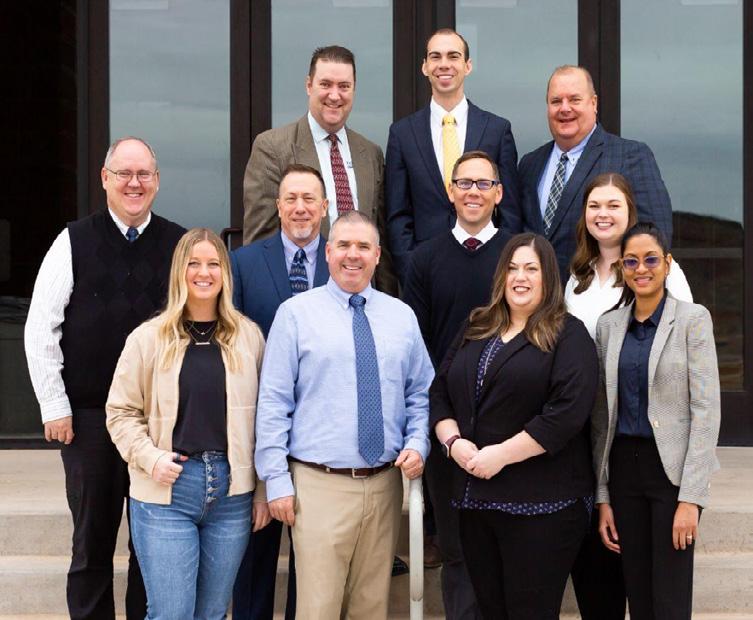




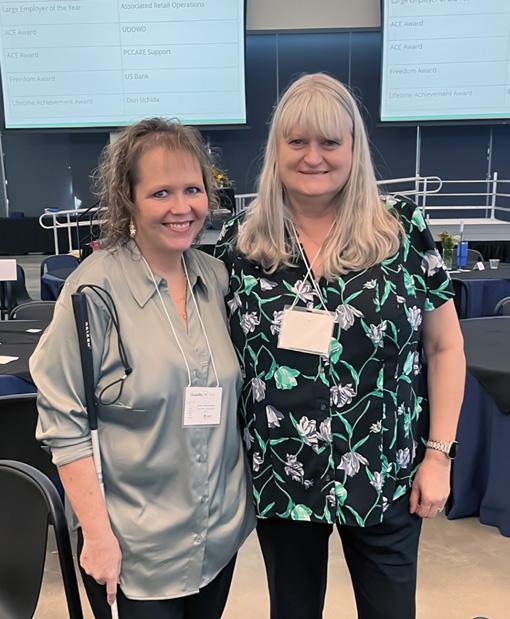


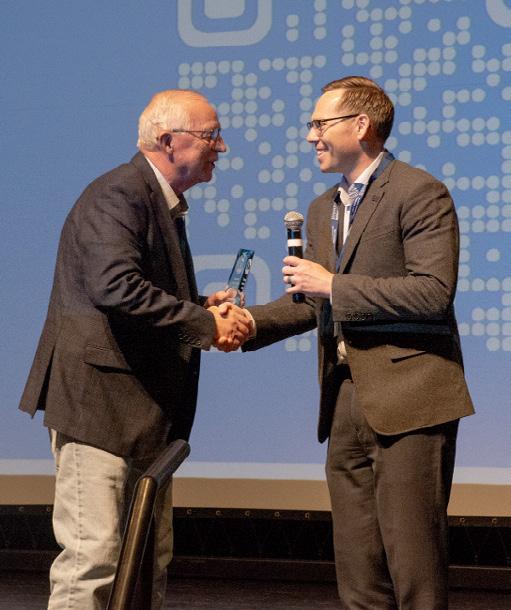
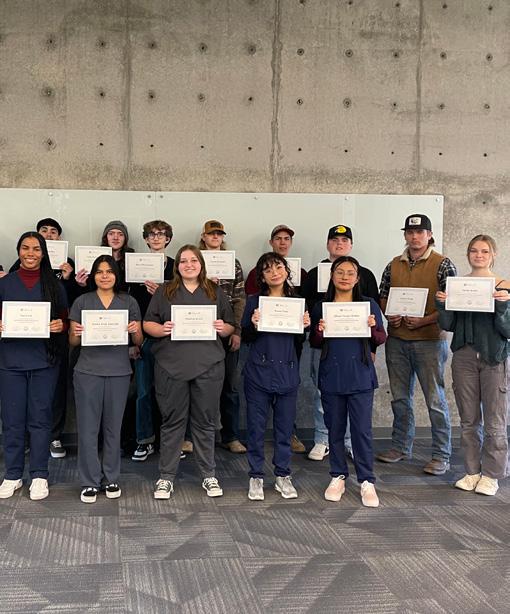






Program
Associate
Program
Program
Katie
Austin
Jordan
StacyAnn
Becky
Kenna
Annette
Jacob
Trenton












Dear Stakeholders, March 1, 2025
In 2024, Utah State University (USU) Extension’s Rural Online Initiative (ROI) continued to expand economic opportunities for rural communities. Through remote work training courses, career coaching, job placement support, leadership development, and e-commerce mentoring, our work reflects Utah’s resilient spirit! As you will notice in this report, USU continues to open new doors of opportunity for rural residents, changing the narrative about what career paths are possible in rural areas.
ROI program offerings equip youth and adult learners with the skills and confidence to pursue careers once thought beyond reach. By training rural residents to embrace remote work and supporting small businesses in adapting to digital markets, ROI empowers communities to grow and thrive by reducing unemployment and increasing labor force participation. This year, our program participants achieved career milestones, families gained economic stability, and businesses generated new revenue through e-commerce—all outcomes that reflect Utah’s tradition of building and achieving.
Through USU Extension’s ROI, growth and prosperity are possible even in the most remote corners of our state. We’re building a future where every rural resident can succeed in the digital economy. Their stories inspire our pursuit of new partnerships and resources. I invite you to explore this report while celebrating the determination and potential of Utah’s rural communities. Together, we can create a stronger, more connected Utah.
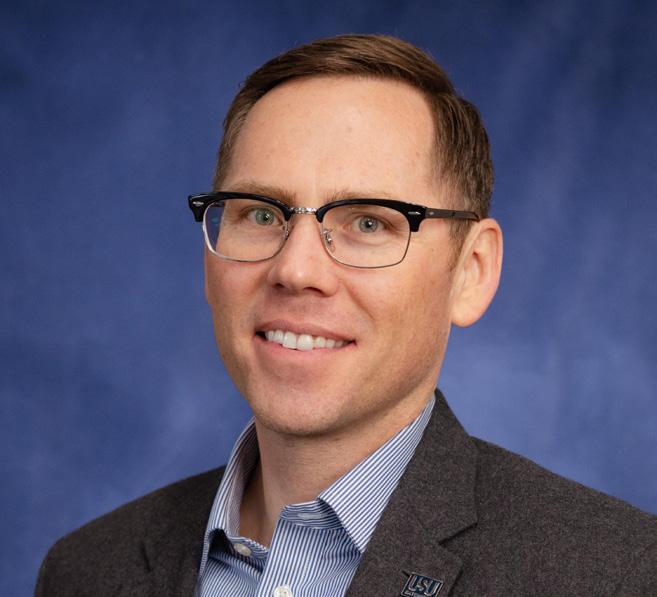
Sincerely,

Paul Hill, Ph.D.
Extension Professor and Program Director
Utah State University
Rural Online Initiative
Utah State University Extension’s Rural Online Initiative (ROI) is a forward-thinking, innovative program designed to prepare rural Utah for the adoption of digital technologies for personal, career, and business growth. We believe that where you live should not determine the opportunities you have. This is why we provide specialized remote work training and e-commerce mentoring to individuals and businesses for success in a rapidly changing economy. In 2018, House Bill 327: Rural Online Initiative was passed and signed into law by Governor Gary R. Herbert. This Bill was a legislative response to high unemployment rates and limited job opportunities in rural Utah. From 2014 to 2017, rural counties in Utah had an average unemployment rate of 5.2%, significantly higher than the 3.4% rate in urban areas. This economic disparity led the Utah Legislature to create the ROI in 2018 to address the pressing need for well-paying and stable jobs in rural communities. The program aimed to reduce unemployment and curb rural-urban migration by equipping rural residents with the skills needed to access remote and flexible work opportunities without leaving their communities.
Upon establishing this solution to unemployment in rural communities, funding was appropriated to USU Extension for course development and delivery across 15 targeted rural counties. Online training was based on remote work concepts and best practices, digital literacy and job search skills. Currently, the ROI has four flagship courses for jobseekers, leaders of remote employees, rising sales professionals, and e-commerce business owners. Official training for rural residents began on October 1, 2018. Since then, the ROI has expanded to serve all rural counties and several urban areas.
With a growing team of 19, our mission is to empower rural Utah with education and remote work opportunities for a vibrant future, and we have a vision for a connected Utah where location does not limit career or business success. As we proceed into 2025, we plan to: (a) continue our work in rural Utah, (b) expand our partnerships with state and county governments, (c) expand existing collaborations with affiliate states, (d) and pursue new partnerships.
This report covers our certification courses, alumni success stories, and our vision for 2025. Our current online courses include:
• Certified Remote Work Professional© (CRWP)
• Certified Remote Work Leader© (CRWL)
• Certified Remote Sales Professional© (CRSP)
• E-commerce Accelerator© (ECA) mentoring service
As you peruse this report, we hope you enjoy reading about our year in review and all the good work our team has accomplished. We thank you for your continued support and look forward to a new year full of possibilities.
The Rural Online Initiative (ROI) is dedicated to rural workforce development through remote work and e-commerce training. USU Extension facilitates four major educational courses that empower rural residents to take advantage of flexible work opportunities and businesses to grow from online sales. Through virtual training, participants in each course learn valuable skills that can help them succeed in virtual work environments. Our courses offered are:
Certified Remote Work Professional© (CRWP): A 1-month course that teaches participants the skills required to find a remote job and function successfully in a remote work environment. Participants learn everything from effective communication techniques for team collaboration to specific software tools commonly used in telework settings. They learn how to identify scams and prepare for legitimate remote interviews.
Certified Remote Work Leader© (CRWL): A 1-month course designed for all Utah businesses. It provides training to organizational leaders on the best practices and core skills for effectively leading hybrid-remote and fully distributed employees.
Certified Remote Sales Professional© (CRSP): A 1-month specialized training designed for anyone interested in a streamlined career path with professional training in remote business-to-business sales. Participants learn about key concepts and techniques necessary to succeed in a professional sales job.
E-Commerce Accelerator© (ECA): A 6-week comprehensive e-commerce mentoring service designed to help agricultural and rural small businesses grow through online sales. The service seeks to help businesses create and manage a functioning e-commerce website, with the goal of increasing sales revenue. Participants learn how to select the appropriate e-commerce platform for their business, set up their first online store, and integrate it with their existing sales systems.
Figure 1 provides a framework for all courses of the ROI.

Utah Legislature (2018 House 327)
Certified
Remote Work Leader© (CRWL) Course
Help increase job opportunities for rural Utah residents through flexible work opportunities.
Certified
Remote Work Professional© (CRWP) Course
Talent Ready Utah (Utah Works Grant)
Certified
Remote Sales Professional© (CRSP) Course
Unemployment in rural communities and rural-urban migration.
Rural residents interested in pursuing professional training in sales.
Utah Legislature (2023 RFA)
E-Commerce
Accelerator© (ECA)
Train rural small businesses and agricultural operations to adopt digital tools and grow via e-commerce.
With industry partnerships, graduates pursue sales as career pathway.
Increased job opportunities in rural Utah as businesses hire rural talent equipped with flexible work skills.
Decreased unemployment in rural communities as qualified residents secure sales jobs.
• Decreased unemployment rates.
• Increased labor force participation rates.
• Increased median income.
• Attainable housing (live where affordable).
• Reduced rural-urban migration.
• Improved community tax base.
• Vibrant communities.
Increased sales revenue as existing businesses enter e-commerce selling products and services online.
• Increased family time.
• Better work-life balance.
• Community service.
• Sense of well-being.
Remote work has proven especially beneficial to people who live in rural areas. The CRWP course equips students with the tools, skills, and knowledge needed to be successful in remote or hybrid jobs.
The target counties for the CRWP course are divided into four rural geographic regions -
• Southeast: Carbon, Daggett, Duchesne, Emery, Grand, San Juan, Uintah
• Southwest: Beaver, Garfield, Iron, Kane, Piute, Washington
• Southcentral: Juab, Millard, Sanpete, Sevier, Wayne, Tooele
• Northern: Box Elder, Cache, Rich, Morgan, Summit, Wasatch
• Urban Counties: Davis, Salt Lake, Utah, Weber
• Report a total of 100 Utah job placements
• Cumulatively report 620 Utah job placements over the life of the program
With a cumulative total of 642 Utah job placements reported at the end of 2024, the course met its lifetime goal. A new annual goal of 100 job placements is set for the end of 2025, which will result in a cumulative total of 742 Utah job placements over the life of the program. We employ an ambitious goal-setting strategy as we pride ourselves on striving to achieve these goals.
Table 1 shows a breakdown of the total number of Utah graduates who found work since the program started in October 2018.
● A total of 597 job placements were in rural Utah counties, with a county impact of 33,973 jobs compared to urban Utah counties.
● Additionally, 45 job placements were in urban counties, resulting in a total of 642 job placements for all Utah counties.
● That is, out of 798 rural Utah job-seekers, a total of 597 rural Utah participants found work; a 75% job placement rate.
33,973
*When adjusted for population sizes, 597 non-Wasatch Front** (rural) jobs are similar to 33,973 jobs in urban Wasatch Front counties (Source: Utah Department of Workforce Services 2020. Analysis based on the goal of reducing unemployment by 0.5%. Statistics based on the county labor force’s current rate of unemployment and extrapolated number of jobs required.)
Table 2 presents a breakdown of the number of jobs in each rural county needed to reduce the unemployment rate by 0.5%. It shows ROI’s anticipated reduction in unemployment with job placements in rural counties, given unemployment figures. The goal of reducing the unemployment rate by 0.5% was met for 7 counties - Beaver, Carbon, Daggett, Emery, Garfield, Piute, and San Juan.
Table 2. Anticipated ROI Contribution to Reduced Unemployment in Rural Utah Counties
*Unemployment values were internally obtained from the Governor’s Office of Economic Opportunity (GOEO). Unemployment numbers represent the most recent data for 2020; available April 2021. **These values may have contributed to the reduction in unemployment.
This course is designed for all Utah business leaders of companies approved for the Governor’s Office of Economic Opportunity’s Rural Employment Development Incentive (REDI) grant, which was designed for businesses creating new high-paying jobs in rural Utah communities. As the Wasatch Front region experiences a tight labor market with excess employment opportunities, helping businesses access talent can help increase remote job opportunities for rural Utah residents.
• Recruit at least 15 participants per cohort (90 participants total for the year)
• Cumulatively report a total of 3,100 flexible job creations/conversions by the end of 2024
Recruitment goals were achieved, with
105 participants enrolled in all six cohorts over 2024.
3,436 flexible job creations/ conversions by the end of 2024. pass rate 78%

This Utah Works two-year grant (completed in 2024) through Talent Ready Utah provided funding for graduates of ROI’s CRWP to become a certified sales professional via a free 1-month, 45-hour, specialized training. The goal of the CRSP course is to equip CRWP graduates with the competency to begin a career as a sales professional.
• Enroll 200 participants
• Train 200 remote sales professionals for MarketStar and other companies
• Report a total of 200 job placements
Enrollment goals were near achievement with 160 participants, with reported job placements for 51 graduates.
New partnerships with 43
industry employers surpassed the initial goal of engaging a single partner. The shortfall in job placements resulted from external factors, including MarketStar’s hiring freeze.
The ECA is a 3-year pilot program (beginning January 2024) that helps small businesses in rural Utah grow through online sales. It was created with legislative funding and is designed to assist agricultural and rural businesses by providing personalized training to navigate the digital world and increase sales revenue through e-commerce.
• Report a total of 16 clients who had increased skills in e-commerce
• Report a total of 50% of clients who experienced increases in sales revenue via their e-commerce website
22
rural businesses increased their e-commerce skills and are running successful e-commerce sites.
9
sites reporting a total of $152,000 generated in new revenue.
• Meet the Resources in Cedar City, Garfield, and Beaver counties
• Remote Workforce Summit in Richfield
• National Public Sector Human Resources Association National Conference in Washington, D.C.
• Utah Farm Bureau E-Commerce Accelerator Presentation in Provo
• FuelHR for Central Utah SHRM in Provo
• Extension Day on the Hill at the Utah State Capitol in Salt Lake City
• Remote Work Information Meetings in Uintah, Washington, Iron, Daggett counties and others.
• Personal Branding Workshop at Neumont College of Computer Science in Salt Lake City
• Salt Lake SHRM Professional Development Session in West Jordan
• Raising Kane Conference in Kanab
• What’s Up Down South Economic Summit in St. George
• Virtual Information Sessions for residents of rural Utah about our courses (10)
• Every Brilliant Thing event in Richfield
• ROI information open house events in Tooele, Moab, New Harmony, Cedar City and several other locations
• Women in Business conference in Richfield
• Emery High School business class
• Heber Valley Expo
• Utah League of Cities and Towns conference in St. George
• Balloon Fest in Panguitch
• Sevier County Fair
• Garfield County Fair
• Homesteaders Conference and Expo in Wellsville
• Farm Bureau National Convention in Salt Lake City
• Small Farms Virtual Conference
• Ag Communicators Meeting Q1 (virtual)
• Rural Utah Chambers Coalition in Garden City
• Beef Quality Assurance Conference in Richfield
• One Utah Summit in Cedar City
• Utah Farm Bureau State Convention in Utah County
• Cattlemen’s Conference in Salt Lake County
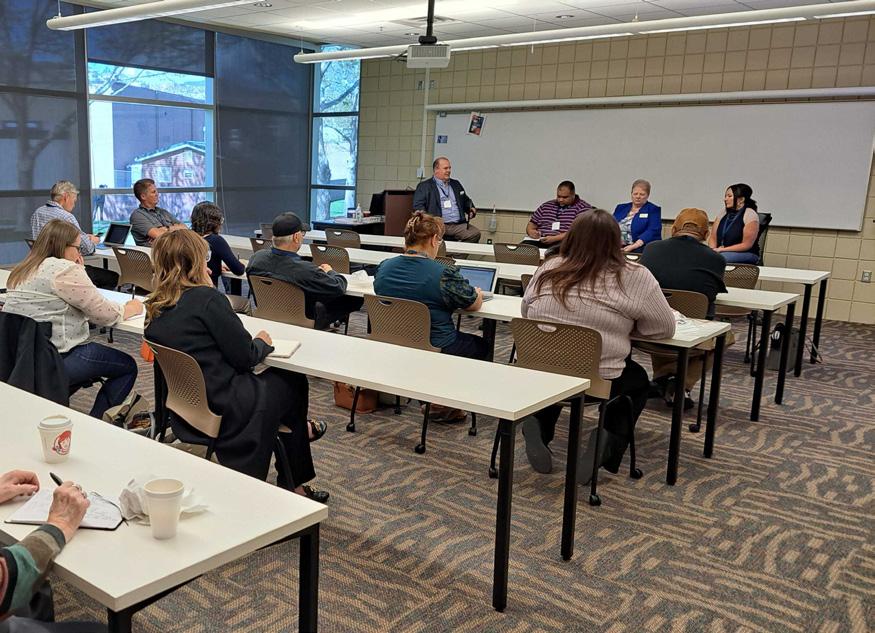
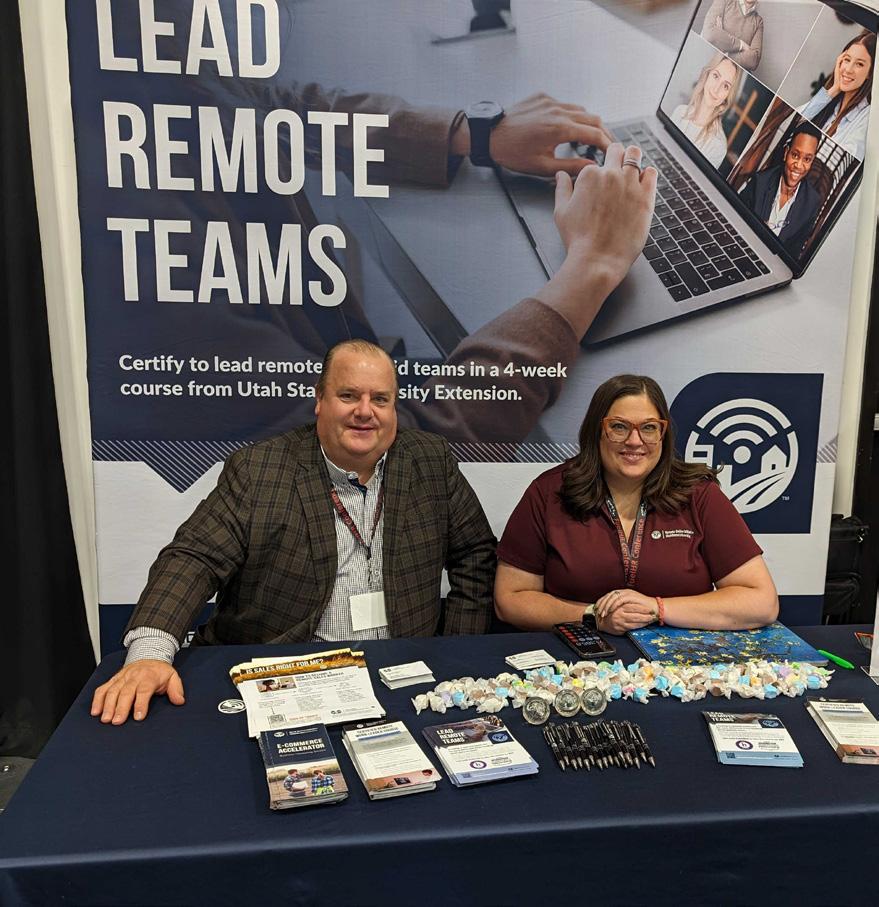
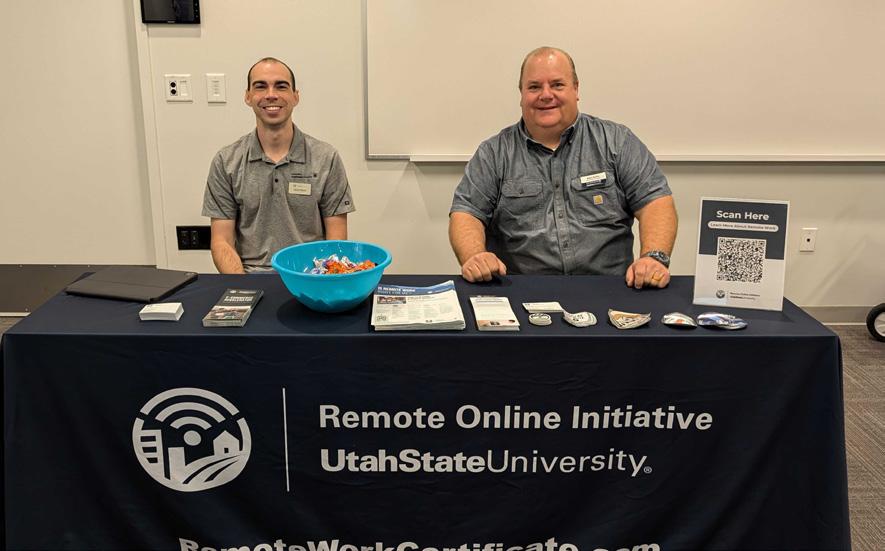
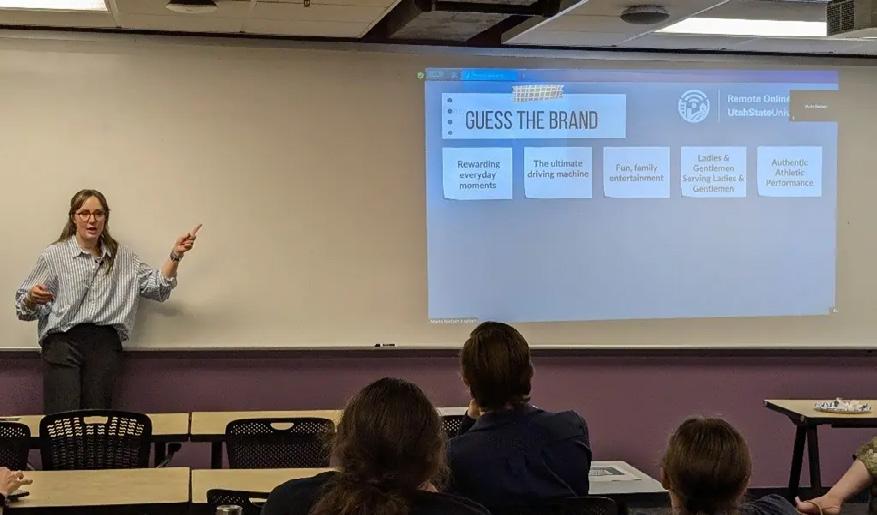
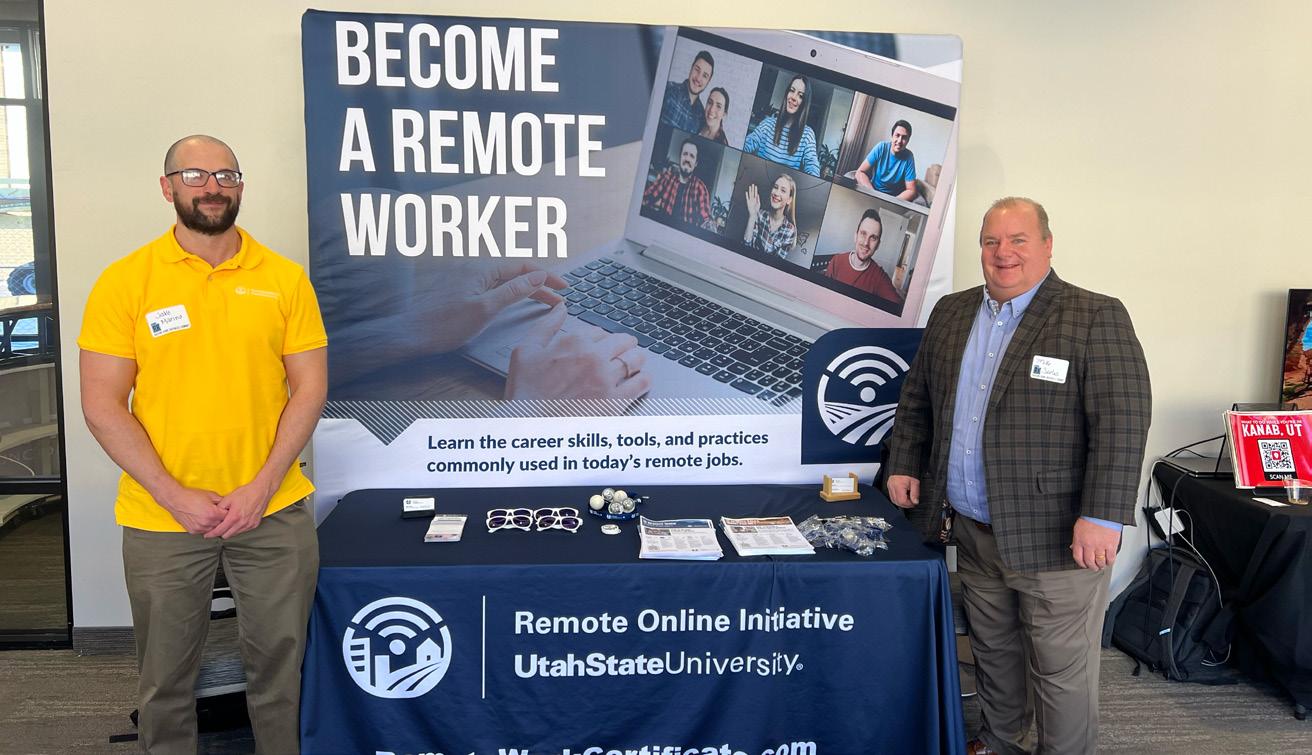
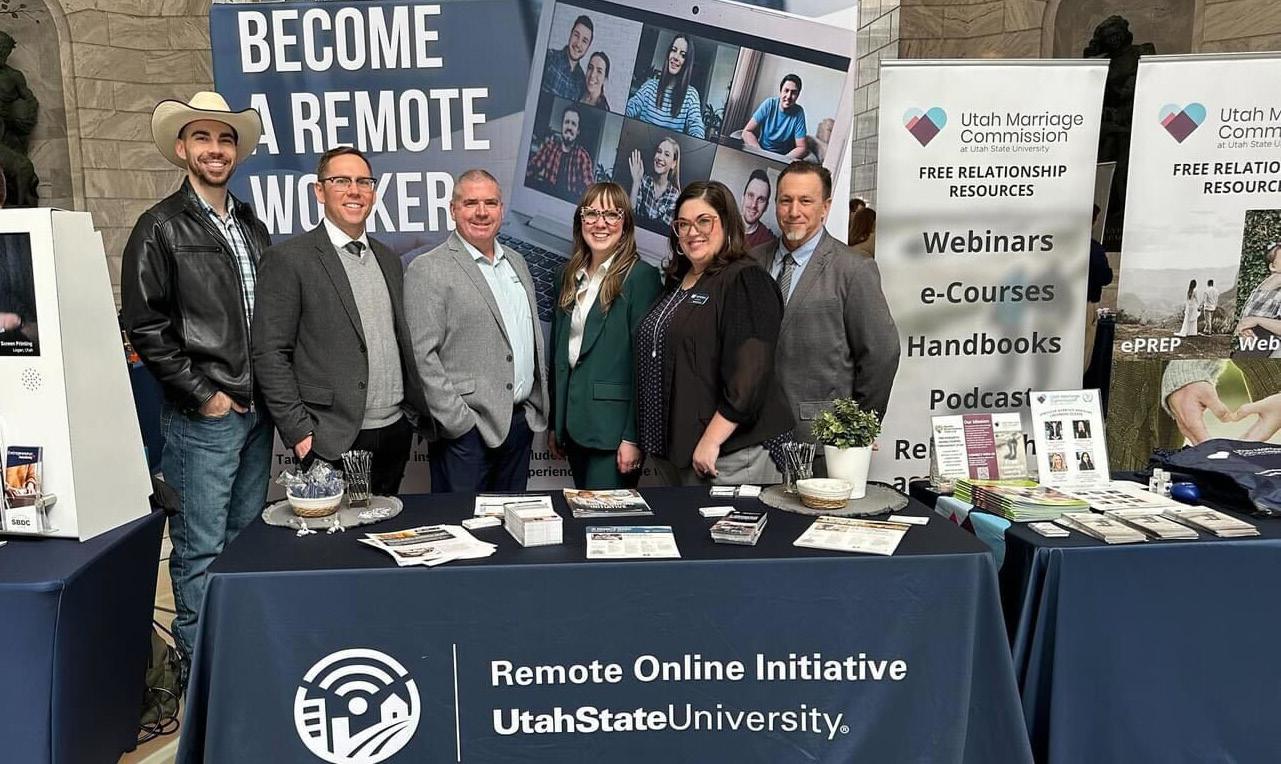
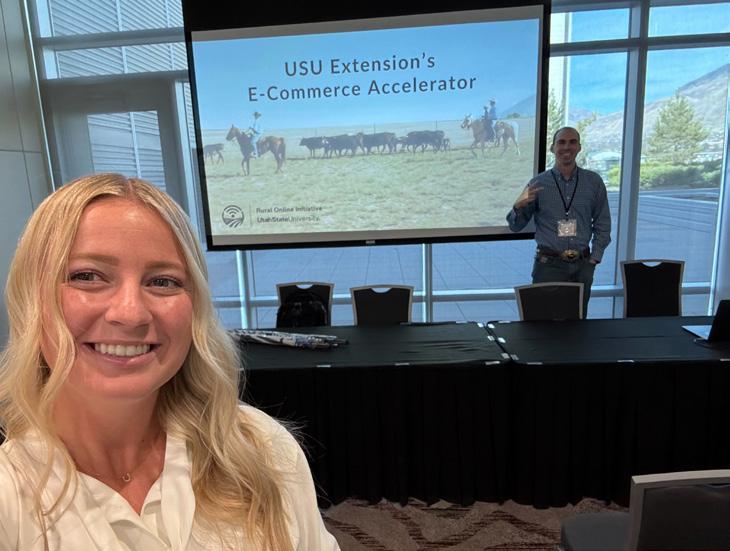

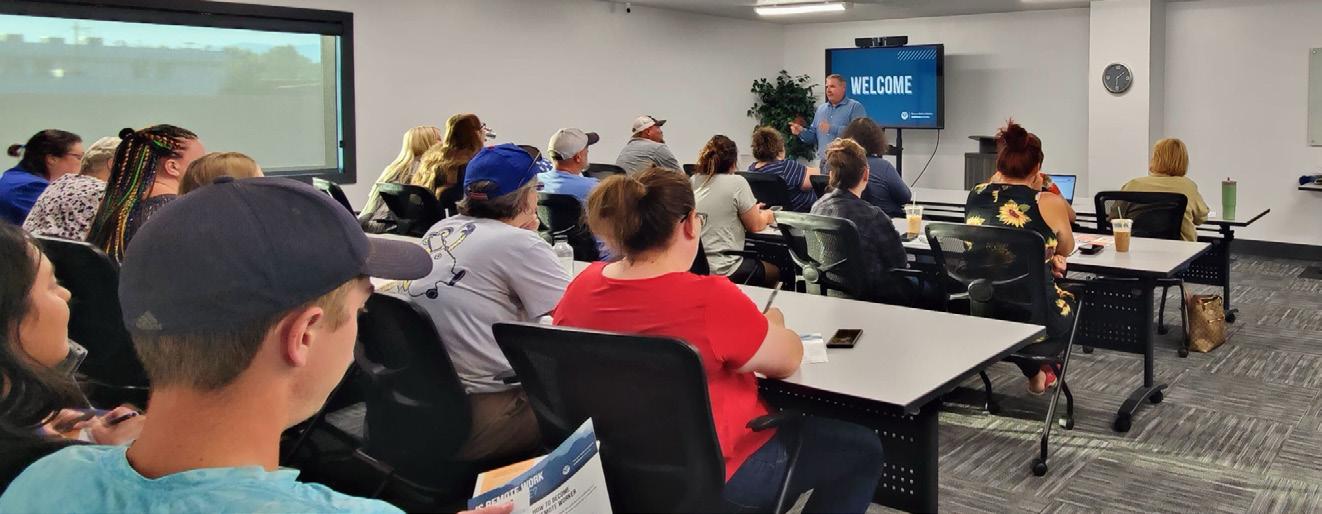
Since October 2018, there have been 2,871 participants enrolled in the CRWP course with 2,550 successfully completing the course (89% pass rate). Twenty-eight percent (28%) of participants were over 50 years of age, with 49% between 31 to 50 years of age. Most participants were non-Hispanic (94%) and white (86%). The majority (76%) identified as female, 26% had some college or no degree, and 27% had a 4-year college degree.
An evaluation of short-term outcomes from October 2018 - December 2024 captured changes in participants’ knowledge, attitudes, skills, and aspirations toward seeking remote employment.
Knowledge - Knowledge tests were administered to participants before (pre-test) and after (post-test) the course. All participants showed statistically significant differences between pre and post-tests for all nine modules. This result indicates increases in participants’ knowledge after completing the CRWP course. Table 3 gives a breakdown of these results.
Table 3. Pre- and Post-Tests Knowledge-gain for CRWP Participants (October 2018 - December 2024)

On average, participants felt neutral toward their current jobs, and 50% desired a higher income.
Participants desired higher incomes between $35,000–$74,999. This suggests an opportunity for improving job satisfaction through meaningful, flexible employment.
felt seeking remote work opportunities was favorable.
felt seeking remote work opportunities was beneficial.
did not have remote work experience. indicated it was important or very important to acquire remote work skills. believed job opportunities were available in their local region that matched their long-term goals. believed adequate wages were available in their local region.
planned to stay in their current region for the next three years.
When asked about which ideal employment situations were most important,
said good manager relationship. said flexible hours. said personal growth.

On average, participants had high overall scores across all skills assessed. After the course, participants felt they had better abilities to:
Balance their professional and personal lives (M = 4.08, SD = .61).
Manage their professional and personal productivity (M = 4.26, SD = .64).
Solve problems (M = 4.16, SD = .67).
Communicate digitally (M = 4.19, SD = .68).
Use online technology (M = 4.19, SD = .63).
Work as a team member (M = 4.15, SD = .68).
Manage their careers (M = 4.24, SD = .60).

After completing the course:
had intentions to seek flexible work opportunities. felt their value as a remote worker improved.
felt empowered to seek remote work.
A short survey was sent to all 317 graduates of the CRWP August 2023 to June 2024 cohorts (N = 317). With a 30% response rate, a total of 94 participants completed the survey (n = 94). Below are the medium- and long-term results for flexible work, perceived cost-benefit, anticipated income, and commutes.

paid to take the course.



23% of sample respondents found remote work, taking on average, three months to do so.
77% did not yet find remote work.
54%
thought the course was worth more than what they paid. This suggests those who paid thought the personal benefits of completing the course outweighed the registration cost.
However, 39% of those who did not find remote work yet said they were confident in their ability to do so.
Overall, a participant who found remote work experienced a 67% increase in median salary, roughly $1,000
Total salaries across all respondents who found remote work also increased by 32%.
About 58% of participants drove to a physical workplace before finding remote work.
Since finding remote work, 46% drove to a physical workplace. Across all respondents, the average monthly miles driven decreased by 64% after finding remote work, resulting in an estimated fuel savings of $370 per month.
Roughly 47% of those who found remote work believed their median salaries would likely increase by 10% over the next year, approximately $250
This reduction in the total number of miles driven per month equated to a total reduction of 0.56 tons of carbon emissions.

I took the Rural Online Initiative as a suggestion from my brother. I had just had my second baby, it was a year and a half after COVID began, and we were struggling on a single income. I had worked as a special ed teacher for ten years, but I wanted to work from home and be able to still care for my children. The class was so full of information and helpful insights, such as online communication and time management. I got way more from the class than I even expected. I would recommend this class to anyone thinking of working from home. Even if you’ve worked from home before, I think you will take away several valuable skills from this class. I am now back at teaching special ed, but I got what I hoped for. I’m teaching online from home and am able to have some flexibility to take care of my children too!

I earned my Remote Work Professional Certification in April 2022. I worked for Beaver County and the ROI program was still in its early stages and I wanted to see what it was all about. The class was great. I really enjoyed it. After my certification, it took just over 2 years to find the right “fit” for a remote job for me and my family. However, I didn’t start very actively looking for remote work until the beginning of 2024. I had done a little looking online and signed up for email and text notifications with companies and services that offered remote work. When I received notifications, I investigated them to see if I had any interest. Finally, in July 2024, I was able to find something that fit for me and my family. I transitioned from an inperson office job to working remotely from home as an insurance agent. This change has significantly benefited my family and me. Being home has allowed me to be more present to my loved ones, from helping with daily routines to attending important family moments. It has also saved time and money on commuting, creating a healthier work-life balance and enabling me to focus more on personal well-being. This shift has truly been transformative, fostering both professional productivity and family connection.
The CRWL course is offered every other month. Since February 2020, there were 411 course enrollments with 346 successful completions (84% pass rate). An assessment of participant companies from April 2020 - December 2024 showed that a total of 164 unique companies participated in the course. The majority of participants were, on average, 43 years of age, non-Hispanic (91%) and white (83%). Most (69%) identified as female, with 33% having over 5 years of experience in their current position. About 43% had a graduate or professional degree, while 35% had a 4-year college degree. When asked about their current job position, 34% were involved in frontline management and 27% in mid-level management. Most company headquarters (72%) were located in Utah.
An evaluation of short-term outcomes from April 2020 - December 2024 captured changes in participants’ knowledge, attitudes, skills, and aspirations toward creating remote work environments in their organizations.
Knowledge - Knowledge tests were administered to participants before (pre-test) and after (post-test) the course. All participants showed statistically significant differences between pre and post-tests for all seven modules. This result indicates significant increases in participants’ knowledge after completing the leadership course. Table 4 gives a breakdown of these results.
Table 4. Pre- and Post-Tests Knowledge-gain for CRWL Participants (April 2020 - December 2024)
felt the creation of a remote work environment was important to their organization.

Overall, participants felt favorably toward creating remote work environments in their organizations. Respondents were asked about their level of agreement in creating a remote work environment, viewing remote work as an innovation. On average, participants had favorable overall mean scores for:
• Relative advantage (M = 4.00, SD = .59).
• Compatibility (M = 4.16, SD = .67).
• Complexity (M = 3.44, SD = .71).
• Observability (M = 4.49, SD = .55).
• Trialability (M = 3.98, SD = .85).
These results suggest that participants perceived remote work practices as:
• Better than their current practices.
• Consistent with their existing values and experiences.
• Neither complex nor easy to implement.
• Highly visible as other businesses engage in remote work.
• Easily implemented on a trial basis.

On average, participants had high overall mean scores across all skills assessed.
Upon course completion, participants perceived they had better abilities to:
Influence a remote work culture within their organization (M = 4.62, SD = .43).
Communicate with remote employees (M = 4.63, SD = .48).
Manage remote employees’ performance (M = 4.50, SD = .56).
Manage change (M = 4.52, SD = .55).
Lead with a vision within remote work environments (M = 4.56, SD = .51).
Inspire learning and development within a remote work environment (M = 4.50, SD = .59).
Manage conflict within a remote work environment (M = 4.49, SD = .54).
felt their value as a remote work leader improved.
felt empowered to hire remote workers.
The percentage of participants who said they were likely to create remote work job positions in their organizations:
(N = 67). With a 33% response rate, a total of 22 participants completed the survey (n = 22). Across 5 unique companies, a total of 510 flexible job creations/conversions were reported, with most organizations (59%) operating in the public sector.
Note. We provide quotes where we can to support the numbers we report. However, there are external factors that also account for remote hires and conversions. The new remote hires/ job conversions reported are, to the best of our ability, accurate.
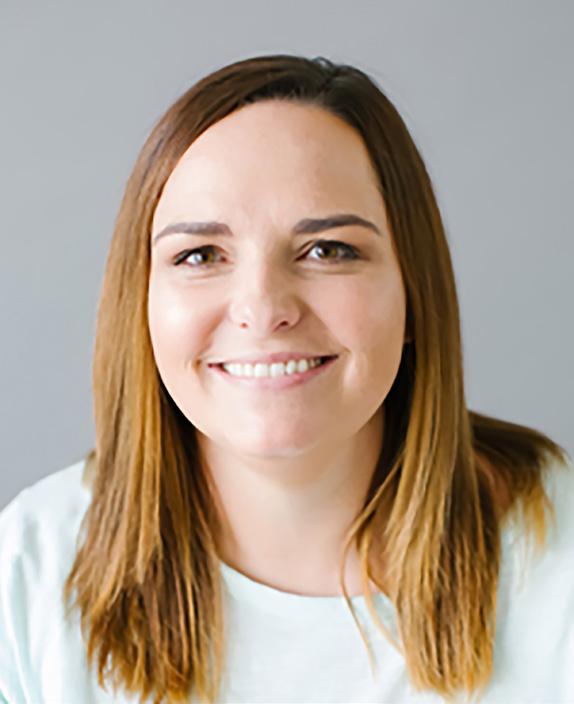

Even though our organization had been working remotely for several years, the Remote Work Leader course provided valuable insights that helped our leaders refine their approach. The mix of self-paced modules and interactive workshops made it easy to apply what we learned right away. Topics like communication, performance management, and conflict resolution gave us fresh strategies to keep teams engaged and productive. Even experienced remote leaders walked away with new ideas and best practices.
Overall, it was a great course that sparked meaningful discussions and practical takeaways. Highly recommend it!


I took the Certified Remote Work Leader course in January 2024 and I can truly say I learned skills in that course that I hadn’t learned anywhere else in my 10+ years of working in HR. Since the COVID-19 pandemic, people in the workforce have drastically changed what they are looking for in a career. Remote/hybrid opportunities are high on the list of things they want, and this course helped me learn how to not just manage a remote team, but it also taught me how to connect with people remotely and still share the mission of what we do as if we were sitting next to each other.
In late 2024, leaders at Myriad Genetics enrolled 23 of their managers in the Certified Remote Work Leader© (CRWL) course to support them in sharpening their skills to lead teams of remote and hybrid employees. The training was important to the company because they planned to adopt more flexible workplace arrangements. After the managers completed the course, the company reported converting some 200 existing positions to flexible workplace arrangements.
“The course helped us as a leadership team understand what we’d been doing right, what things we could improve on, and what we needed to change or start doing,” said Patient Advocate Customer Service Manager Brant Rhinehart. “For example, we didn’t have a mission statement for our department. Our company has a mission statement, but we didn’t have anything specifically for our team. We hadn’t realized that defining our team’s part in realizing the company’s larger mission could be beneficial to our team members. Knowing how they fit into the greater whole has been something we’ve started addressing more in training and team meetings. Talking more about the bigger picture has already proved useful to our team and even answered some of their questions on why we have certain procedures in place.”
Patient Advocate Supervisor, Terri Nelson, said, “The parts of the course about working closely with your people, making sure they feel like part of the team, those were great concepts that we took away with us. It was really good advice. I would recommend this class to other leaders and managers.”
“Often, companies have a tendency to silo groups,” said Rhinehart, “but this course has helped us realize that we need to familiarize our team with other departments. We’ve started to have teams outside of ours give a presentation on their department in our team meetings, what they do, and what we might do to help improve things for them. Despite being remote, I feel we are more connected than ever to other teams at Myriad Genetics, and we’ve started to streamline processes through increased communication.
The CRSP course is offered monthly. Since January 2023, there were 148 course enrollments with 105 successful completions (71% pass rate). The majority of participants were non-Hispanic (91%) and white (73%). Most identified as female (62%), residing in Utah (90%) with a median annual income of $22,000.
An evaluation of short-term outcomes from January 2023 - December 2024 captured changes in participants’ knowledge and skills toward sales as a career path.
Knowledge - Knowledge tests were administered to participants before (pre-test) and after (post-test) the course. All participants showed statistically significant differences between pre and post-tests across all four weeks’ content. This result indicates increases in participants’ knowledge after completing the CRSP course. Table 5 gives a breakdown of these results.
Table 5. Pre- and Post-Tests Knowledge-gain for CRSP Participants (January 2023 - December 2024)
Skills - Participants were asked about their confidence to perform activities needed to apply concepts and techniques learned in the course. Upon course completion, participants perceived they had the confidence to perform the following activities (Table 6).
Table 6. Participant Confidence to Perform Sales Related Activities (January 2023 - December 2024)
Use the 4-step sales process as a tool to get commitment from a prospect.
Communicate effectively with customers over the phone and email.
Identify potential customers and opportunities.
Apply best practices to make a good first impression on qualified customers.
Use techniques that will help you get to the decision-maker quickly.
Handle any customer objection with minimal or no disruptions.
Use social selling for lead-generation on social media platforms.
Use Salesforce to manage existing customers and track and convert leads.
An evaluation of medium-term outcomes from January 2023 - December 2024 showed a total of 22 graduates who found employment in sales, and 36 found employment outside of sales.

The Certified Remote Professional and Sales Professional courses helped me to completely transform my career. These courses equipped me with the skills and confidence to excel in a remote work environment while also honing my sales expertise. The hands-on learning and real-world applications prepared me for my current role with MarketStar, where I now work on their Google team. I can genuinely say that these courses were the catalyst for my success, opening doors to opportunities I never thought possible.
The ECA offers each client its services for a period of 6 weeks. Normally there are 3-5 clients in the process at once. From January 2024 to December 2024, 19 clients enrolled in the program, with all successfully completing their e-commerce websites, a 100% completion rate. All participants were either small business owners in rural Utah or owners of agricultural businesses statewide.
An evaluation of short-term outcomes from January 2024 to December 2024 captured changes in participants’ confidence, skills, and aspirations toward creating an e-commerce website. Table 7 gives a breakdown of these results.
Table 7. Breakdown of Short-term Outcomes toward E-commerce (January 2024 - December 2024)
An evaluation of medium-term outcomes from January 2024 - December 2024 showed a total of 9 clients who reported increased sales revenue via their e-commerce website.


Dave’s Farms, which sells unprocessed wheat, completed Utah State University’s E-Commerce Accelerator (ECA) program to grow online sales and reach more customers. Before engaging ECA, Dave’s Farms primarily served local customers and took orders via phone calls from people who already knew about them. Through the ECA program, Dave’s Farms gained a working e-commerce website, digital marketing strategies, and customer engagement strategies, allowing them to develop a more effective online store. By gaining a website and advertising on social media, the business has increased visibility, attracted new customers, and improved overall sales performance.
The phenomenal success experienced by Dave’s Farms highlights the potential impact of e-commerce education on rural and agricultural businesses. Their growth through the ECA program is a testament to the importance of investing in rural entrepreneurship and economic
development. Jordan Johnson of Dave’s Farms said, “The greatest thing we got from this was the e-commerce website. We knew we needed to create a website but had no idea where to start. Pointing us in the right direction and walking us through the steps were the greatest things the ECA program did for us.”

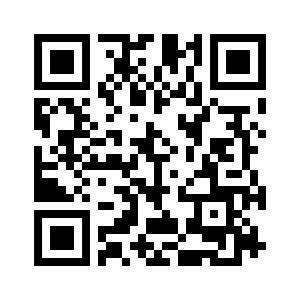

Stephenson Honey completed the USU E-Commerce Accelerator (ECA) program to create more revenue and sustainability. Prior to joining ECA, Stephenson Honey relied primarily on local sales and word-of-mouth marketing. Through the ECA program, Stephenson Honey built a working website, implemented SEO practices, improved their digital marketing efforts, and created new online revenue. Stephenson Honey’s participation in ECA has not only strengthened their business but also contributed to Utah’s rural economic development by creating a scalable, sustainable revenue stream. Candi Stephenson said, “It was fantastic, 100%. I would recommend the ECA program to anybody. It was the program we didn’t know we needed.”

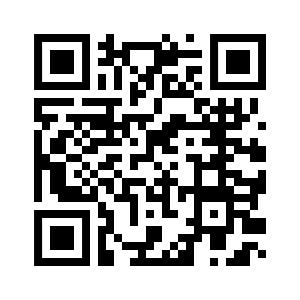
In an effort to understand how job satisfaction and well-being related to organizational performance, the ROI research team investigated factors affecting remote workers’ job satisfaction in Utah. Guided by the Ability, Motivation, Opportunity (AMO) framework, we surveyed 143 remote workers in Utah. Results showed that:
• Intrinsic motivation, affective commitment, opportunity, and amotivation affect employee job satisfaction, while self-efficacy, amotivation, and job satisfaction affect personal well-being.
• Remote workers with higher levels of self-efficacy, lower amotivation, and higher job satisfaction were likely to have greater personal well-being compared to others.
• When exploring the role of HR, findings showed that HR bundles and organizational culture indirectly affected job satisfaction but had a direct effect on the most important predictors of job satisfaction and personal well-being.
• Overall, results demonstrated the interconnectivity of human resource practices, AMO factors, job satisfaction, and personal well-being.
Thus far, this research has:
257 reads
18 citations
Scan here for the full study.
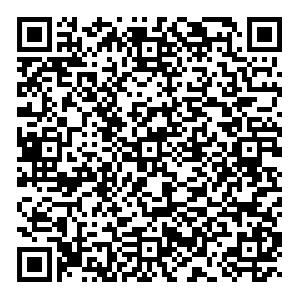
4 recommendations
Scan here for the infographic.
In 2016, I had to stop working because of health issues and my vision was getting worse. I am visually impaired, with RPRetinitis Pigmentosa, a genetic eye disease that does lead to total blindness. For eight years, we struggled financially, relying solely on disability income, which was insufficient to support our family. I got in touch with my local Vocational Rehabilitation and asked what I could do to somehow get back to work.
Being visually impaired, I needed something I could do from home. So I signed up for an online course with USU Rural Online Initiative. This was great for me because it taught me some basic skills I needed to learn to be able to work from home successfully. Having virtual team assignments working with others over Zoom helped me gain computer skills that I would need in my future career. My class was full of all kinds of different people from all over, making it great during discussions having different points of views.
I received my certificate of completion and began the search for employment. Finding work from home jobs is not easy at all. After only looking for a few weeks, I found an opening for a reservationist that was remote. I sent my resume with my certificate to Jellystone Park Zion Utah. Not even an hour later, I got a call from the operations manager. We spoke on the phone for a while, and he said he wanted to hire me. I was so excited. I did not mention that I was visually impaired when we had our first conversation, afraid I would not get the job if they knew, because that happens a lot more than people think. I later called and told them that I am visually impaired. I said I can get the job done, I promise. He put me to work right away. Not thinking I would get a job this fast, I called Ellen with Voc Rehab, and she said let’s get you what you need. We worked together for weeks, getting me set up with everything big so I can see it.
I have now worked for Jellystone Park Zion, Utah, for 8 months. I am the Reservation Manager. This company is amazing in so many ways. They have given me the ability to grow and show all that I have to offer. I am encouraged by my coworkers I work for and with some of the most amazing people ever. We are a family.
Jellystone Park Zion, Utah, just won the Golden Key Award! We are honored! I am truly grateful to all those who helped me to gain and maintain a successful career. Without these amazing programs, it would not be possible for people who need it the most to be a part of and provide for their families. I look forward to my future and all those that I may help along the way.
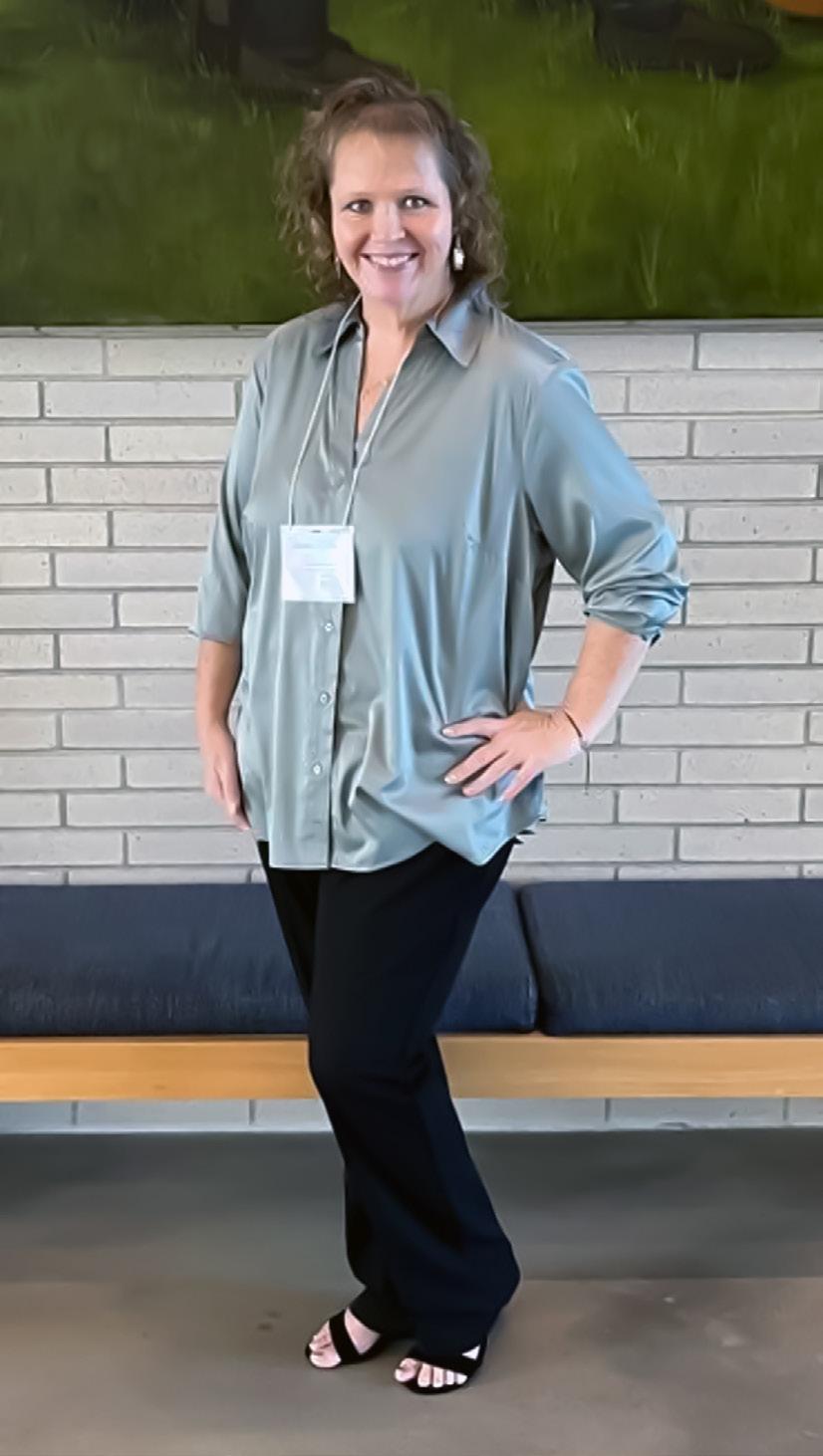
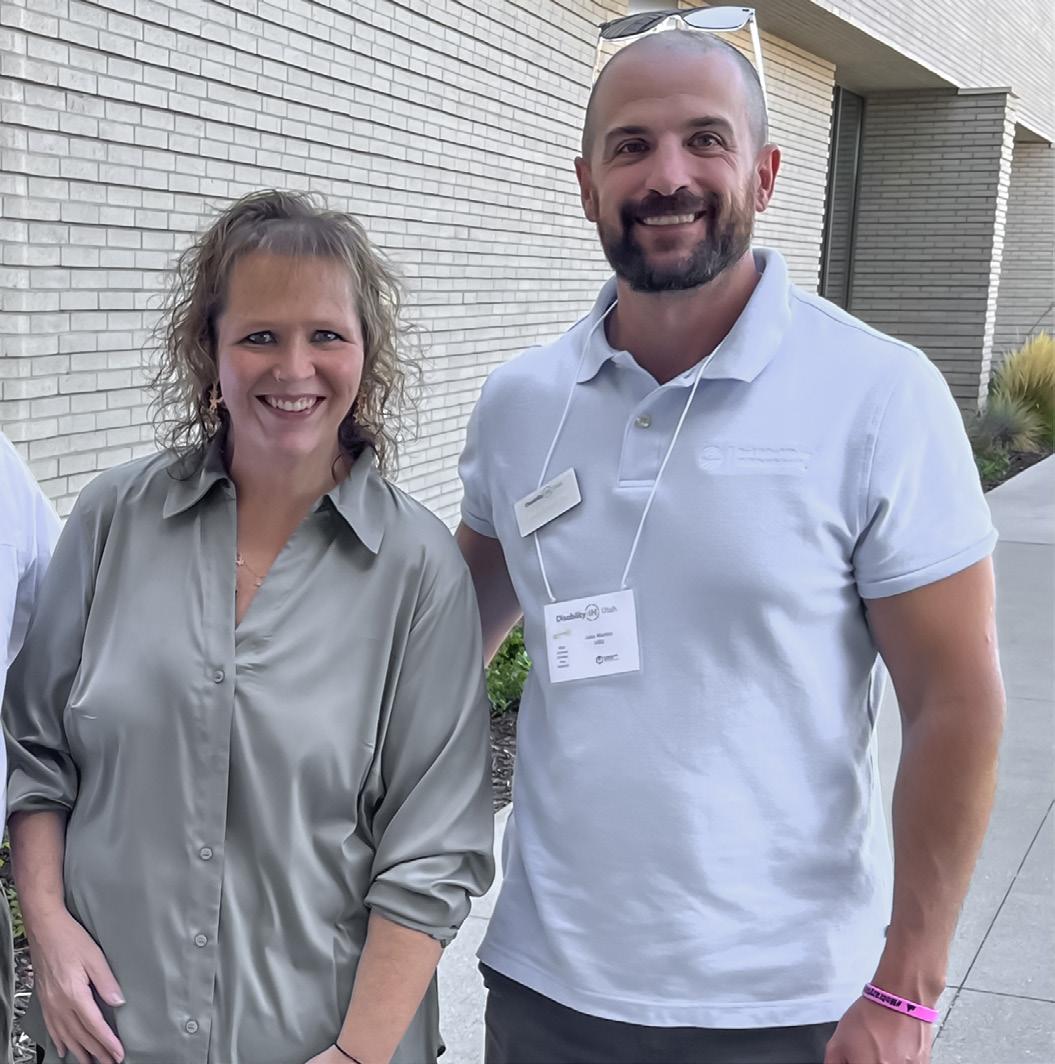
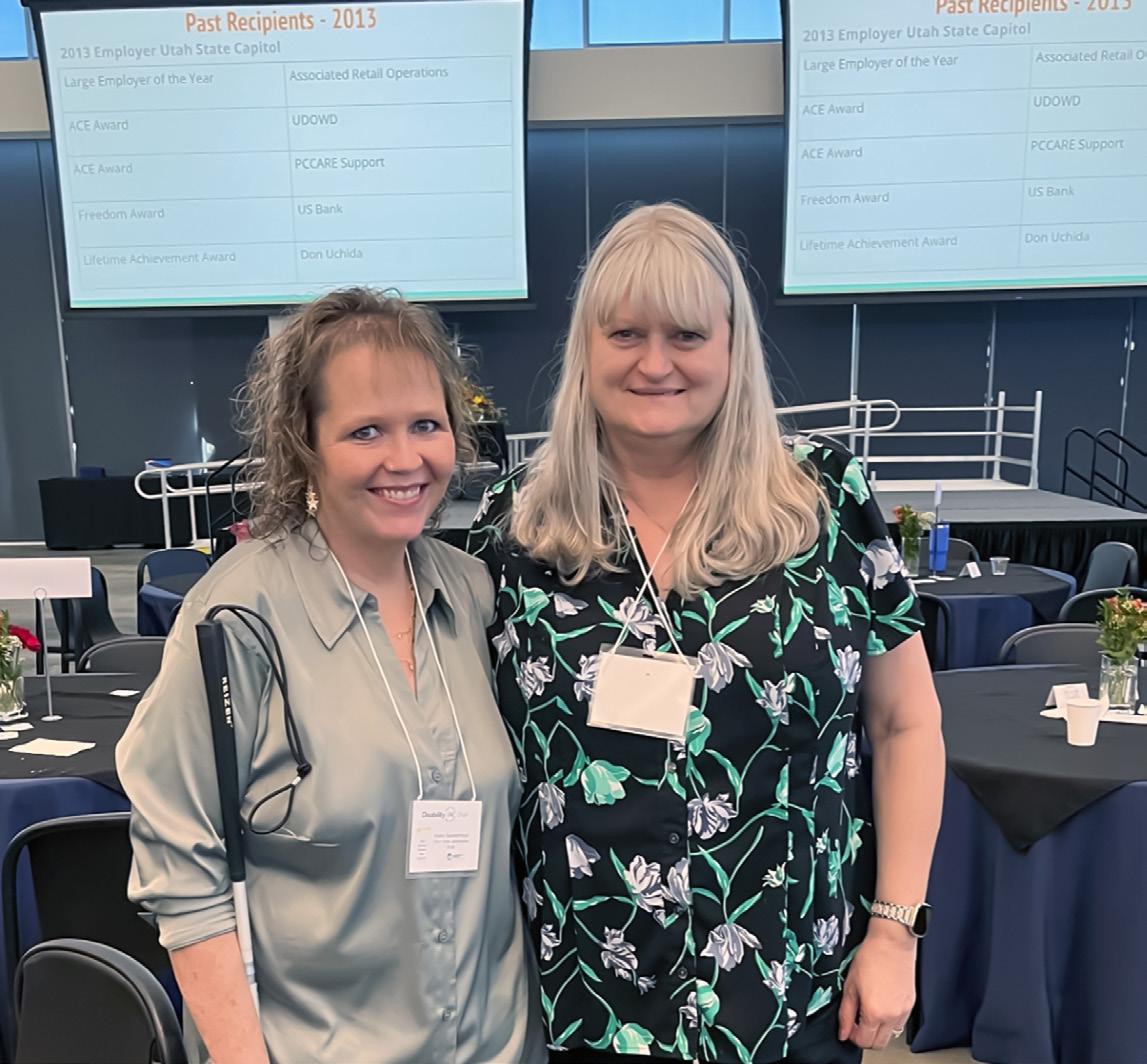
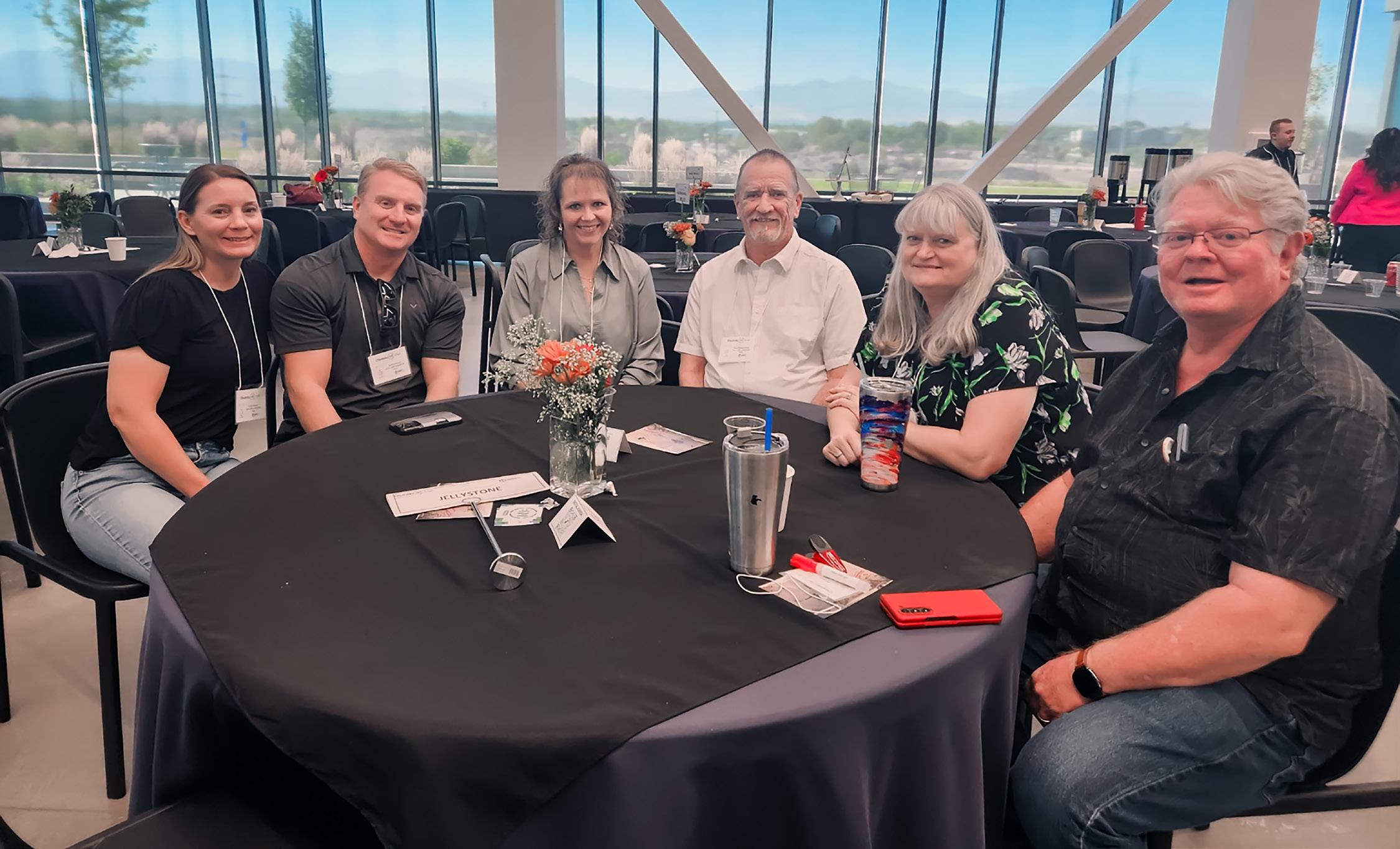
This special report assessed the level of remote work readiness of businesses in the Mountain West. Adapted from Toptal’s Remote Work Playbook and their survey assessment, respondents were asked to answer questions in six areas of evaluation for assessing remote work proficiency. We then calculated proficiency scores for each category and derived an overall proficiency score. The six areas of evaluation are:
1. Hiring, management, and engagement
Remote strategy and leadership 3. Communication and collaboration tools 4. Technical infrastructure 5. Policies and compliance
Security and privacy
There are four levels of remote work proficiency that provide a preliminary insight into where an organization is classed in terms of remote work readiness. These levels are –
Investigation (0-25%)
We surveyed 418 managers with over five years of professional experience.
Adaptation (26-50%)
Surveyed businesses were located in the Mountain West (Arizona, Colorado, Idaho, Montana, Nevada, New Mexico, Utah, and Wyoming).
Maturation (51-75%)
Advancement
(76-100%)
Survey results showed: An overall proficiency score of 65% indicates some confidence and progress toward thriving remotely.
Businesses scored in the mid-range across the six areas of evaluation, indicating areas for improvement across all categories.
Based on these research findings, organizational leaders/managers in Utah need more support in their proficiency to manage distributed employees in a hybrid-remote setting. To this end, we will continue to support leaders through our leadership course.
Scan here for the full report.
Ongoing marketing efforts encourage participation in all ROI courses. Table 8 shows marketing statistics for the remote worker, remote leader, and remote sales certificate courses. Marketing tools include newsletter distributions, media stories, and social media posts.
Table 8. Marketing Statistics for the CRWP, CRWL, and CRSP Courses
Media Stories/Articles Monthly 112, with national articles
Newsletter Weekly Distribution Weekly subscribers; 7,102
Podcast Monthly 6 seasons; 70 total episodes; 8,009 all-time downloads
2,877 subscribers; 5 social media platforms:
• Facebook: 952 followers; 798 likes
• Instagram: 401 followers
Social Media Daily Engagement
• Threads: 79 followers
• YouTube: 156 subscribers; 33,970 views since the channel was created
• LinkedIn: 1,289 followers
Info Sessions Multiple in-person events and virtual events monthly
Virtual Professional Development Sessions Monthly
50 dedicated sessions, 486 attendees
12 sessions; estimated 140 participants
Training opportunities across all ROI courses are presented in Table 9. It includes aggregate enrollments and offerings for all courses at the end of 2024.
Table 9. Aggregate ROI Courses and Enrollments for 2024
Organization: National Association of Community Development of Extension Professionals (NACDEP)
Description: To recognize a NACDEP member or group of members for the use of technology in delivering or managing educational programs, in expanding the use of technology in community development work, and/or the use of educational technology to promote logical, problem-solving techniques. This award specifically focuses on the unique use of technology in a program delivery effort (unlike the Educational Materials award, which has a unique focus on content).
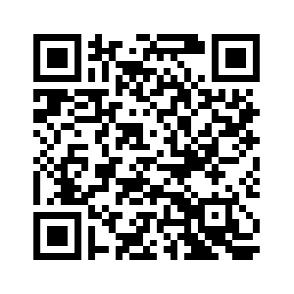
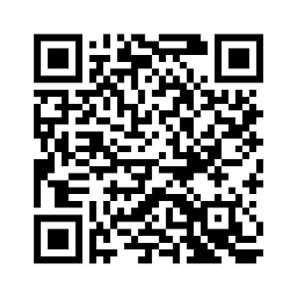
Scan the QR code below to view past awards.
Scholarly engagement includes peer-reviewed articles published in academic journals. ROI members often present topics related to remote work and program evaluation at national Extension conferences. Scan here for a full list of scholarly publications.
Table 10 gives an overview of these types of engagement to date.
Table 10. Scholarly and Professional Engagement
Scholarly publications
11
• International Journal of Environmental Research and Public Health
• Journal of Extension
• Journal of Human Sciences and Extension
• Outcomes and Impact Quarterly
Conference presentations
29
• Utah Association of Counties (UAC)
• Utah Legislature
• Joint Council of Extension Professionals (JCEP)
• National Council for Workforce Education (NCWE)
• National Association of Extension Program and Staff Development Professionals (NAEPSDP) Conference
• Epsilon Sigma Phi National (ESP) Conference
• National Association of Community Development Extension Professionals (NACDEP) Annual Meeting
On May 10, 2024, the Rural Online Initiative partnered with the Snow College Richfield campus to organize a 1-day summit for people interested in finding remote work opportunities or getting better at remote work. Logan Mallory (pictured at right), the keynote speaker, spoke on the main stage about operations at a remote-first company and how to be successful at such a company. Breakout topics included:
• Advanced resume skills
• Personal branding
• Work tips for remote workers
• LinkedIn skills
• Freelance and entrepreneurship
• Financial health
Early in the Summit, Paul Hill, Ph.D., the program director of the Rural Online Initiative, presented an achievement award to Representative Carl Albrecht for his tireless work in helping to bring economic prosperity to rural Utah communities.
With networking opportunities at lunch and between sessions, sponsor booths, and a broad array of attendees, the Summit generated great information for attendees, new business for sponsors, and new contacts and clients for the Rural Online Initiative.
A short feedback survey was sent to all 49 participants who attended the event (N = 49). With a 57% response rate, a total of 28 participants completed the survey (n = 28). Overall, 89% of participants were satisfied with the Summit, and 79% would recommend attendance in the future.
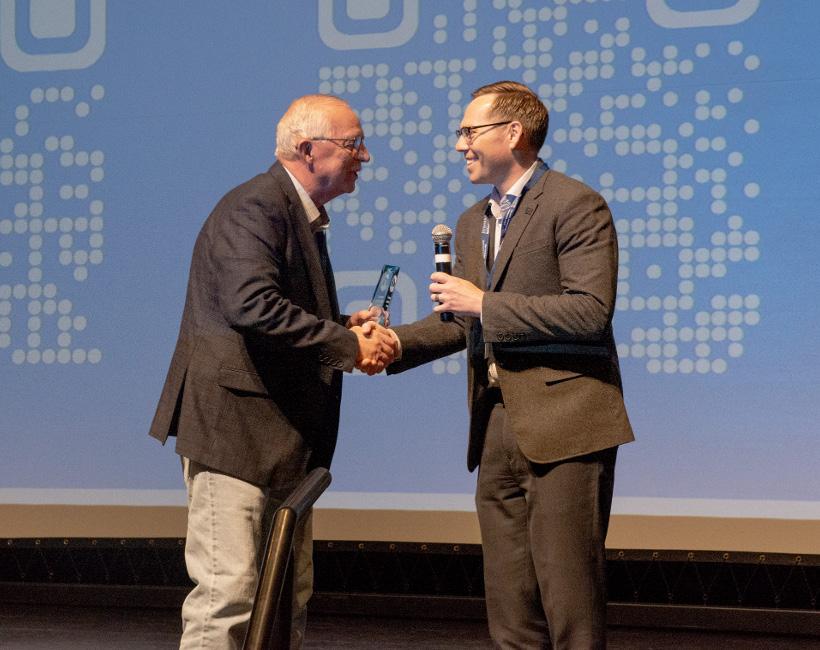

“Everything was great. I am glad I attended. I really enjoyed it.”
“I thought all presentations were very well done and those presenting or moderating were very engaging, and shared great insights.”
“I think if the attendees didn’t enjoy it, that was on them, it was very well put together and everyone was very helpful.”
In 2024, USU Extension’s ROI piloted the first cohort of high school students in its Certified Remote Work Professional course. In collaboration with Washington County’s Career & Technical High School from September - December 2024, 18 students completed the rigorous course, learning new digital communication skills and tools for jobs in the modern workplace. The benefit to rural Utah is that it opens their young minds to the possibilities of living rural while holding a wellpaying, remote job in their chosen profession.
The next cohort started in February 2025 with the goal of opening this course to all high school students in Utah by the Fall 2025 semester.
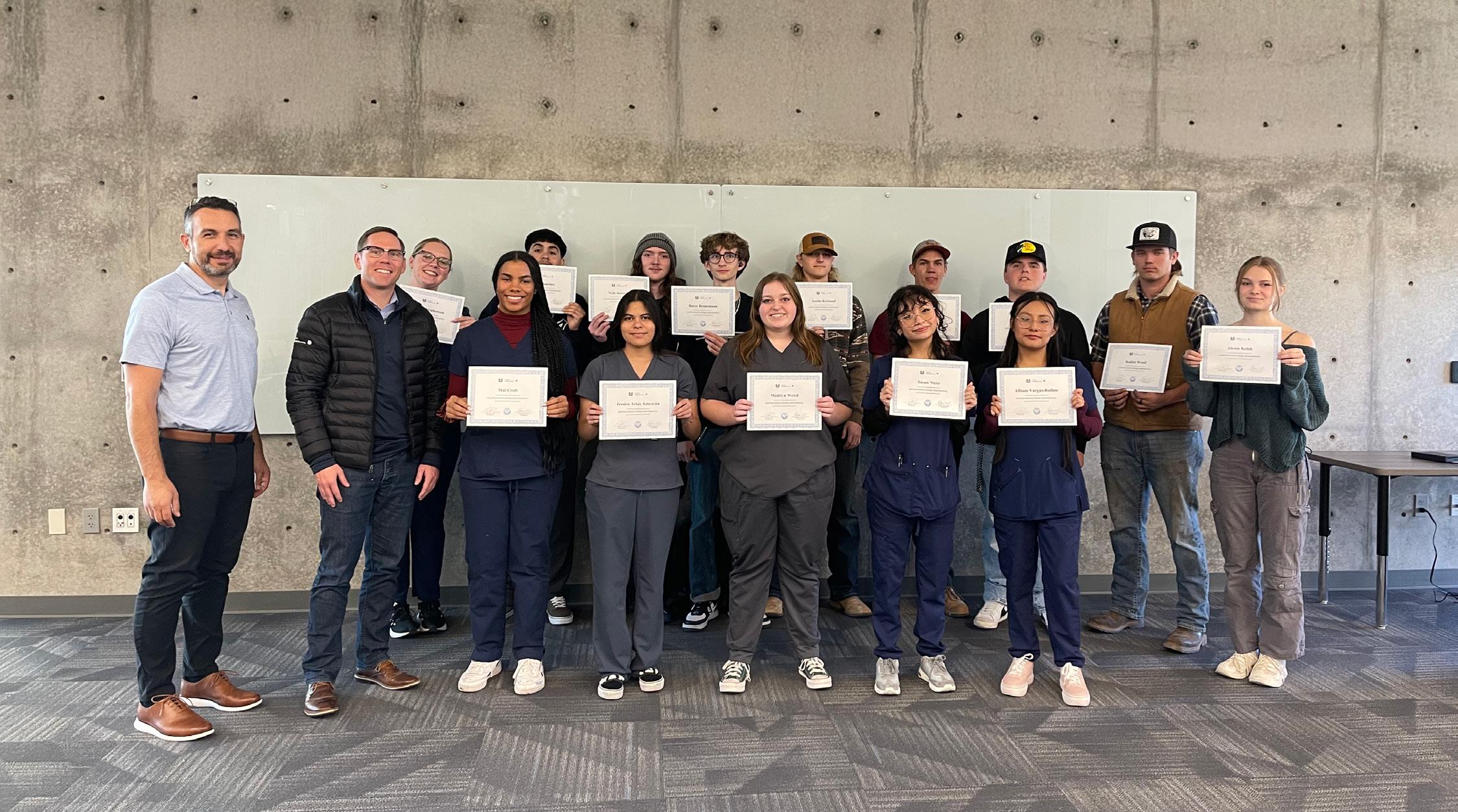
As the program grows, we continue to offer new and revised courses to meet evolving training needs in rural Utah. For 2025, we plan to:



• Expand access to e-commerce training across Utah
● The E-Commerce Accelerator (ECA) has trained 22 rural businesses to build e-commerce websites, with nine reporting over $150,000 in online sales so far. However, less-established businesses continue to request foundational support before joining the ECA, especially for business and product development.
● While interest in e-commerce is high, many require personalized assistance in business model development and market feasibility. To address this gap, an introductory e-commerce workshop training will be implemented to help businesses develop clear commercial strategies to assist them in becoming better prepared for e-commerce success and maximizing their potential for long-term growth through online sales.
• Address talent needs of Utah’s tech sector
● Utah’s tech sector is at a pivotal point, requiring skilled sales professionals and leaders proficient in working in remote work environments. The Sales Professional & Leadership Accelerator, developed by USU Extension in collaboration with key employer partners (Weave, MarketStar, Applicant Pro, and Contravent), addresses this need through targeted pre-hire and earlyemployment training courses in professional sales, remote work, and leadership development. This program is designed to bridge the skills gap for aspiring sales professionals and firstline supervisors, essential for sustaining business growth and competitiveness in Utah’s tech sector. By training job-seekers and aspiring sales professionals with job-specific skills, the program aims to develop a resilient and adaptable workforce that contributes to Utah’s economic development and stability.
● In partnership with Weave, MarketStar, Applicant Pro, and Contravent, the ROI team launched the Sales Professional & Leadership Accelerator courses, funded by a $207,000 Talent Ready Utah (TRU) grant. This program targets rural residents and people living in low-income households, including high school seniors, and is designed to prepare unemployed jobseekers, aspiring sales professionals and first-line supervisors for business-to-business (B2B) professional sales and supervisory roles in Utah’s tech sector.




• Continue to support Governor Spencer J. Cox’s plans for leveraging hybridremote work to modernize state government and address rural matters. The following are details of how Utah will leverage hybrid-remote work to streamline and modernize state government:
● As employees are foundational to the success of state government, Utah is investing in new and existing infrastructure to support a modern workforce and remote work, especially in rural areas of the state.
● To address rural matters, economic growth, and diversification, Utah is providing more growth options for rural Utah by evaluating and identifying funding increases and expansion opportunities in rural investment programs that support remote work and entrepreneurialism. This includes USU Extension’s Rural Online Initiative.
● To implement a state government structure that maximizes operational efficiencies and public services, Utah is re-examining government operations in the context of widespread remote work. In addition, the state is also embracing a hybrid-remote work model and other practices to decrease environmental impact, increase productivity, and create job opportunities for Utahns across the state.
•
● The Utah Digital Connectivity Plan and Utah Digital Equity Plan highlight the state’s vision, goals, objectives, and strategies to help get all Utahns connected to affordable and accessible high-speed internet as well as access to digital tools and resources needed to succeed in the digital world. Both plans will guide the allocation of federal BEAD funding to the state for broadband and digital access expansion over the next five years.
● The ROI program aligns seamlessly with Utah’s Digital Equity Plan by empowering rural residents with essential digital skills. These skills are critical for full labor force participation. Through targeted training and support, the ROI program will work to bridge the digital divide, training rural communities with digital skills so they are not left behind in an increasingly digital world. The ROI program plays a key role in supporting the digital independence and economic prosperity of Utah’s rural residents.
● In partnership with the Utah Education and Telehealth Network (UETN), the ROI program submitted a competitive grant to the National Telecommunications & Information Administration (NTIA) for $5 million to expand access to digital literacy and workforce development training in rural areas.
In its programs and activities, including in admissions and employment, Utah State University does not discriminate or tolerate discrimination, including harassment, based on race, color, religion, sex, national origin, age, genetic information, sexual orientation, gender identity or expression, disability, status as a protected veteran, or any other status protected by University policy, Title IX, or any other federal, state, or local law. Utah State University is an equal opportunity employer and does not discriminate or tolerate discrimination including harassment in employment including in hiring, promotion, transfer, or termination based on race, color, religion, sex, national origin, age, genetic information, sexual orientation, gender identity or expression, disability, status as a protected veteran, or any other status protected by University policy or any other federal, state, or local law. Utah State University does not discriminate in its housing offerings and will treat all persons fairly and equally without regard to race, color, religion, sex, familial status, disability, national origin, source of income, sexual orientation, or gender identity. Additionally, the University endeavors to provide reasonable accommodations when necessary and to ensure equal access to qualified persons with disabilities. The following office has been designated to handle inquiries regarding the application of Title IX and its implementing regulations and/or USU’s non-discrimination policies: The Office of Equity in Distance Education, Room 400, Logan, Utah, titleix@usu.edu, 435-797-1266. For further information regarding non-discrimination, please visit equity.usu.edu, or contact: U.S. Department of Education, Office of Assistant Secretary for Civil Rights, 800-421-3481, ocr@ed.gov or U.S. Department of Education, Denver Regional Office, 303-8445695 ocr.denver@ed.gov. Issued in furtherance of Cooperative Extension work, acts of May 8 and June 30, 1914, in cooperation with the U.S. Department of Agriculture, Kenneth L. White, Vice President for Extension and Agriculture, Utah State University.